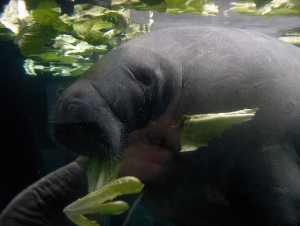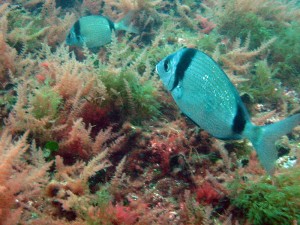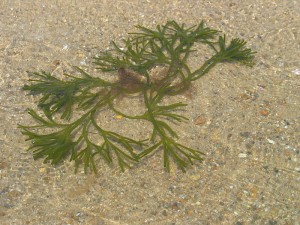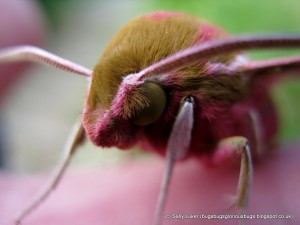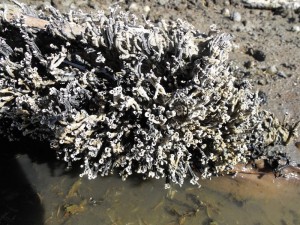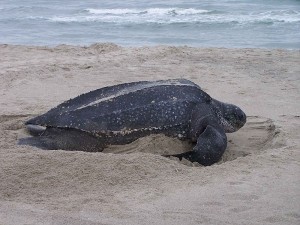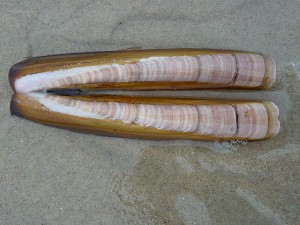Manatees Succumb to Red Tide Mystery
The appearance of red tides is a natural occurrence in south-west Florida, but sometimes last for just a few weeks. This year, the red tide has lingered for longer than usual and has settled in an area frequented by the manatees, accounting for the high number of deaths.

